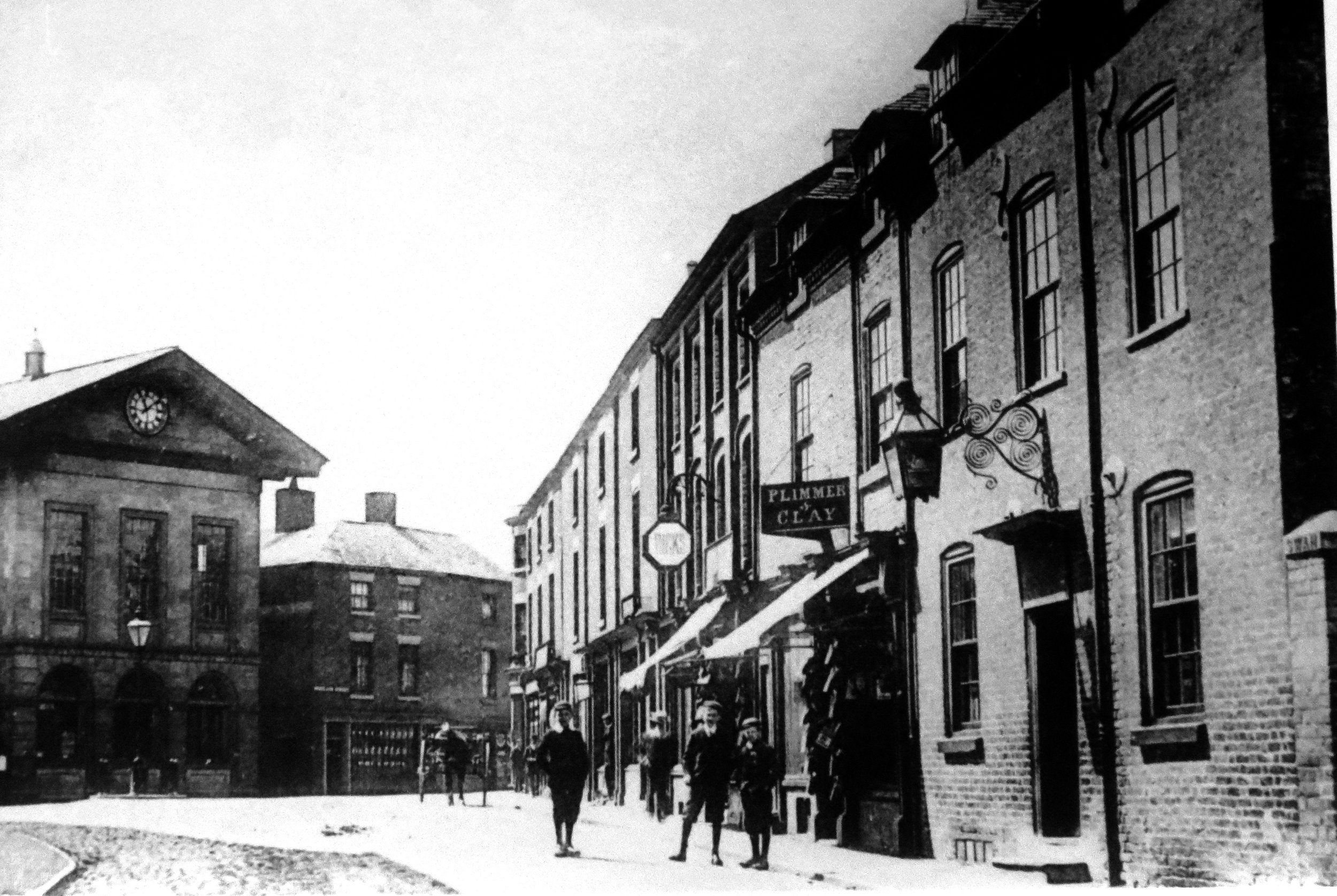
John Ayscough’s Gracechurch (1913), is a vivid and moving account of the author’s childhood and youth, growing up in Ellesmere, Shropshire in the 1860s and 1870s.
When the book was first published, Ayscough gave the town and all its chronicled people fictitious names: Ellesmere became ‘Gracechurch’, Lord Brownlow’s agent (and kinsman) Capt. Cust became ‘Col. Grace’, and so on. But an oldest inhabitant’s record of all the Ellesmere people behind the fictitious names was preserved in the library at The Lyth; and, through the kindness of the late Lionel Jebb, this key has been used to ‘unlock’ the fictitious personal and topographical identities and to throw a strong light on a mid-Victorian provincial town living under the ‘viceregal’ régime of the agent of Earl Brownlow, who owned Ellesmere (and Whitchurch too).
In a substantial Introduction and through detailed annotation, this second edition reveals hard-to-come-by details of mid-Victorian provincial life―the houses, social and religious opinions and prejudices, good works, domestic economies (genteel standards maintained on limited means), and petty rivalries of Ellesmere ‘society’. The book also throws a strong light on the types, and qualities, of middle-class education then available (dame schools, private tutors, a grammar school and a Woodard school in Staffordshire), and the curricula and (now forgotten) textbooks used.
Although on a smaller scale, Gracechurch achieves something comparable to Gough’s Myddle by bringing to life, as fleshed-out characters, people and families who would otherwise survive as mere names in census records, parish registers, etc.
Much care has been taken to produce something as close to, and as explanatory of, the original as possible which is the reason why commercial publication has not been sought. The font of the original text has been retained with the introduction, notes and appendix in a more modern one. A collection of Victorian photography, part of which is in the Shropshire Archives, is used for many of the 30 illustrations.
‘John Ayscough’ is the pen name of the Rt. Revd. Monsignor Francis Bickerstaffe-Drew, whose life is (for the first time) authoritatively told in the Introduction. As well as becoming a papal prelate and count, he was a very popular novelist in the early 20th century, and during the Great War he was a very courageous chaplain, twice mentioned in dispatches, awarded the Mons Medal and the CBE. It is hoped that the book’s appearance will earn him a place in the online Oxford D.N.B. and that publicity in the United States (where his popularity as a writer may well have exceeded that in Britain) might once again cause him to be recognised.
Copies of the hardbacked book with a paper dust jacket can be ordered here.
Price £30 + p&p
Acknowledgements
The Shropshire Archaeological & Historical Society have contributed towards the cost of publication. The book has been printed by North Shropshire Print. http://www.nsprint.co.uk.
I gratefully acknowledge the help of Mr. George Baugh; the late Mr Lionel Jebb, a descendant of Mr. Galt; Mr Richard Jebb; Mrs. Anna Thomas; Mr. Ken Done; Mrs. Ann Harris; Mr Mike Lewery; the staffs of Shropshire Archives, Ellesmere Library, and Oswestry Library; Ms Gill Hogarth of the Clifton Roman Catholic Archives; the Pagett & Betton fund administered by the Shropshire Archaeological and Historical Society. Thanks are also due to many of the people of Ellesmere. The ‘kind dear people’ of ‘the dear old place’ have opened their houses, given information, and encouraged me in the most generous way in the preparation of this book.
Christopher Jobson,
November 2024